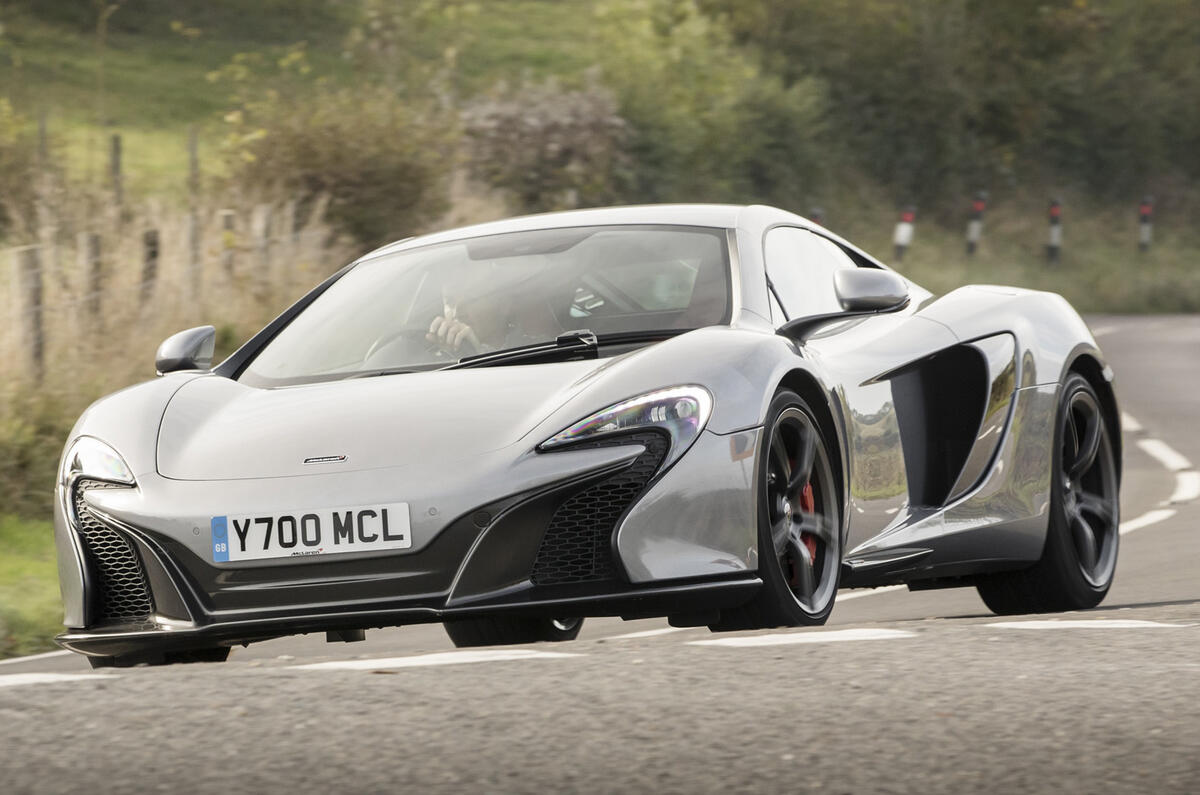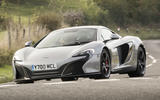Arguably, the McLaren 650S is car the 12C always should have been. And even if that’s being a touch harsh on the mostly excellent 12C, in certain respects there can be little doubt that the 650S is the car McLaren could have built initially, had it given itself a little more time in which to do so.
In simpler terms, and on the other hand, the 650S is actually just a logical progression beyond what the 12C achieved since its creation in 2011.
At its core it contains the same carbonfibre tub, the same 3.8-litre twin turbo V8 engine, and the same seven-speed dual clutch auto gearbox as the 12C. Despite sharing its fundamentals with the 12C, though, over 25 percent of the 650S is brand new, according to McLaren. So even if it is little more than a pumped-up 12C at heart with a new nose to give it more visual distinction, the 650S is genuinely a big leap forwards for McLaren.
In coupé form the 650S costs £195,000, while the Spider version will set you back an additional £20,000 for starters. For that you get a power increase from 617bhp to 641bhp (or 650PS, hence the name). Torque also rises to 500 lb ft, over 90 percent of which is developed from 3000rpm onwards.
The gearbox has also been tweaked to produce even snappier shifts than before, and the car's responses have been altered subtly within the three different drive modes - Normal, Sport and Track - to further increase the driver appeal.

























